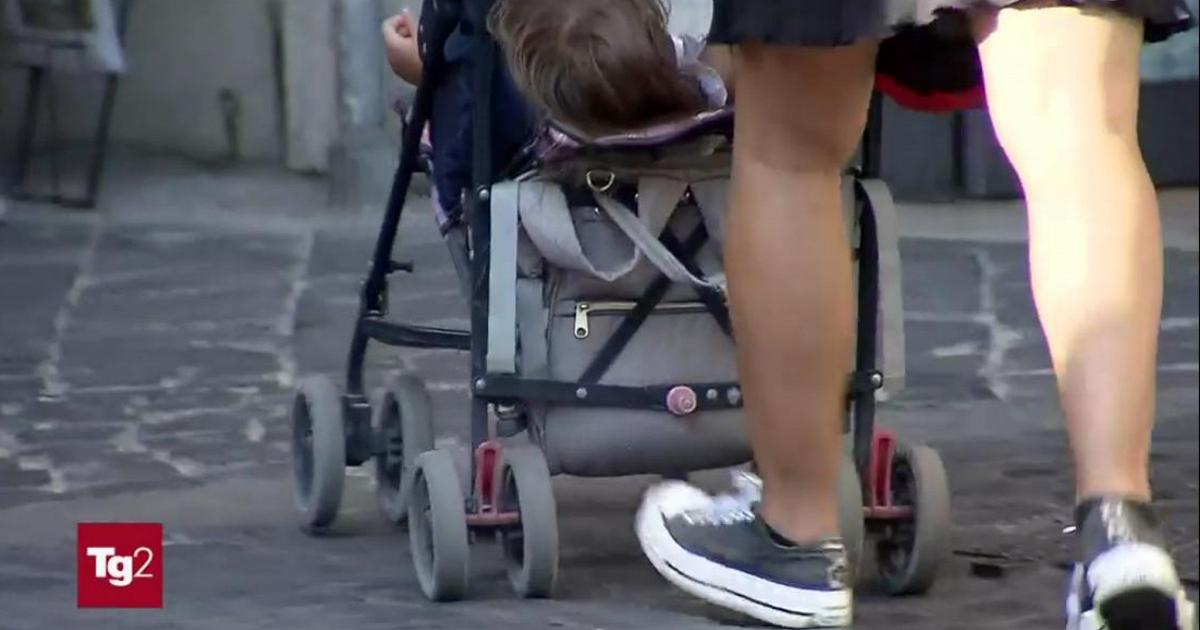Eleven points of separation: this is the difference in employment rates between Italian graduates and graduates. The data comes from the latest Istat report and highlights that between the ages of 25 and 64, 84.3% of the former work compared to 75.4% of the latter.
The report “Education Levels and Employment Returns, Year 2023” also highlights that the gap between the two education groups amounts to 15.7 points for those under 35 who obtained their diploma one to three years earlier (75.4% and 59.7%). Compared to 2022, the employment data linked to the diploma therefore remain substantially unchanged.
In 2023, among those with a higher education degree, the employment rate reaches 84.3%, a value 11 percentage points higher than that of those with an upper secondary degree (73.3%) and 30 percentage points higher than that of those with at most a higher education degree. lower secondary degree (54.1%).
The unemployment rate of graduates, equal to 3.6%, is significantly lower than that of secondary school graduates (6.2%) and that of the less qualified (10.7%). “This is therefore confirmed – writes Istat – the obvious employment “bonus” of educationin terms of the increase in the share of employed people as the degree obtained increases”. In our country, however, employment opportunities remain below the European average, even for those who obtain a higher education degree: the average employment rate in the EU27 (87.6%) is 3.3 percentage points higher than that of Italy, a gap only slightly lower than that observed for medium-low degrees.
The Burden of Parenting
The survey reveals that when parents have a low level of education, almost a quarter of young people (24%) drop out of school early and just over 10% achieve a higher education degree if at least one parent is a graduate, on the contrary, the shares become 2% and around 70% respectively.
The gap with the European Union
The number of young graduates in Italy is increasing, but the gap with the EU average remains significant. In Italy, between 25 and 34 years old, the percentage of graduates increased from 29.2% in 2022 to 30.6% in 2023, while in the same period, on average in the EU, the rate of young people with a higher education degree increased from 42% to 43.1%..
The gap between the employment rate of people aged 25-64 with a higher education degree compared to that of secondary education has decreased from 11.1 to 11 points in Italy, while in the EU it has decreased from 9.9% to 9.8%. The NEET rate (young people aged 15-29 without training or work) has decreased and in Italy in 2023 it was 16.1% (it was 19% in 2022 and 23.1% in 2021) compared to 11.2% in 2021. EU.
NEETs, the group between 15 and 29 years old
They are constantly falling Neet, young people between 15 and 29 years old who are no longer in a school/training program and are not working, also thanks to the growth in employment: in Italy, the share of NEETs among the total of 15-29 year-olds, reports Istat, is estimated at 16.1% for 2023 with a decrease of 2.9 percentage points compared to 2022 and 7 points compared to 2021.
This percentage also falls compared to 2007 (18.8%), the year before the economic crisis. The highest level was reached in 2014 (26.2%), with more than 10 points more than the current share.
In the EU, however, the Italian value is only lower than that of Romania (19.3%) and significantly higher than the European average (11.2%), the Spanish and French average (both 12.3%) and the German average (8.8%).
The gap with Europe is largest for graduates (6.5 percentage points), decreasing to 4.7 points for higher education qualifications and 2 points for those with at most a lower secondary qualification. The general decline in NEETs in 2023 was indeed more marked due to the low level of qualification.
The incidence of NEET, in the age group between 15 and 19 years, is very low (6.3%) due to the high participation in training courses (89.7% is information).
The incidence, on the other hand, rises to 19.0% in the 20-24 age group and to 22.7% among 25-29 year-olds, among whom participation in the education system decreases and participation in the labour market increases (more markedly among 25-29 year-olds).
Gender differences by nationality are evident
The share of NEETs among foreign women (35.8%) is almost 20 percentage points higher than that of Italians (16.0%), a difference that is reduced to only 1.4 percentage points among men (15.7% and 14.3% of the shares of NEETs among foreigners and Italians).
The employment rate of female graduates is 19.0 percentage points higher than that of female graduates, compared to only 4.3 points for men.. Even the differences with the European average narrow considerably as the level of education increases: among women with few qualifications, the employment rate is 10.2 percentage points lower than the EU 27 average (36.8% versus 47.0%), a difference that decreases to 9.2 points for secondary school pupils (62.4% versus 71.6%) and to 3.8 points among those with higher education (81.4% versus 85.2%).

